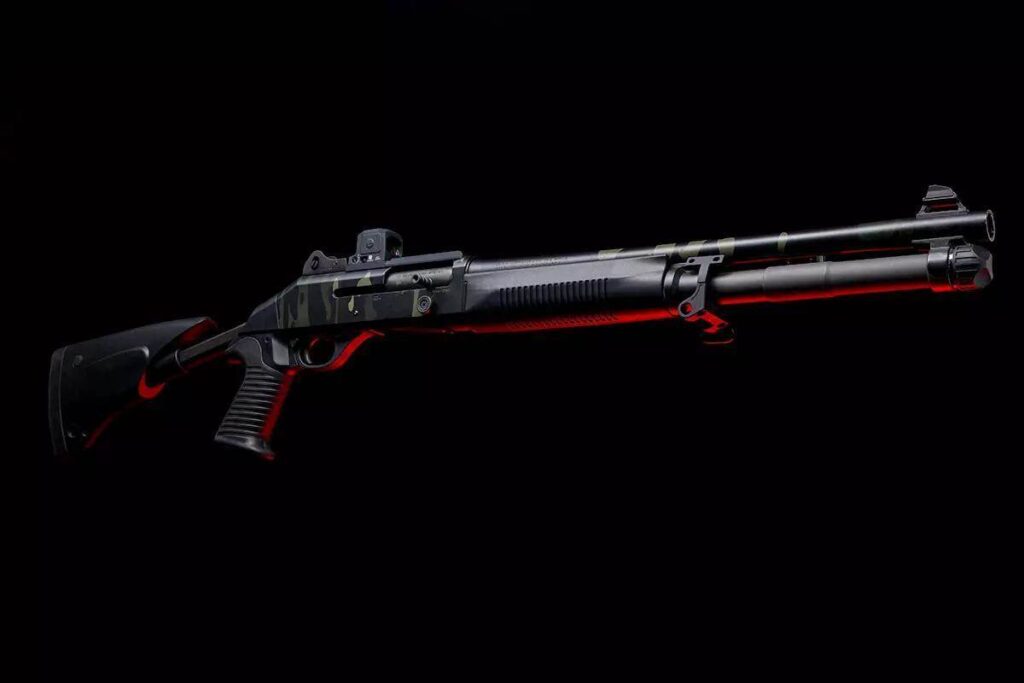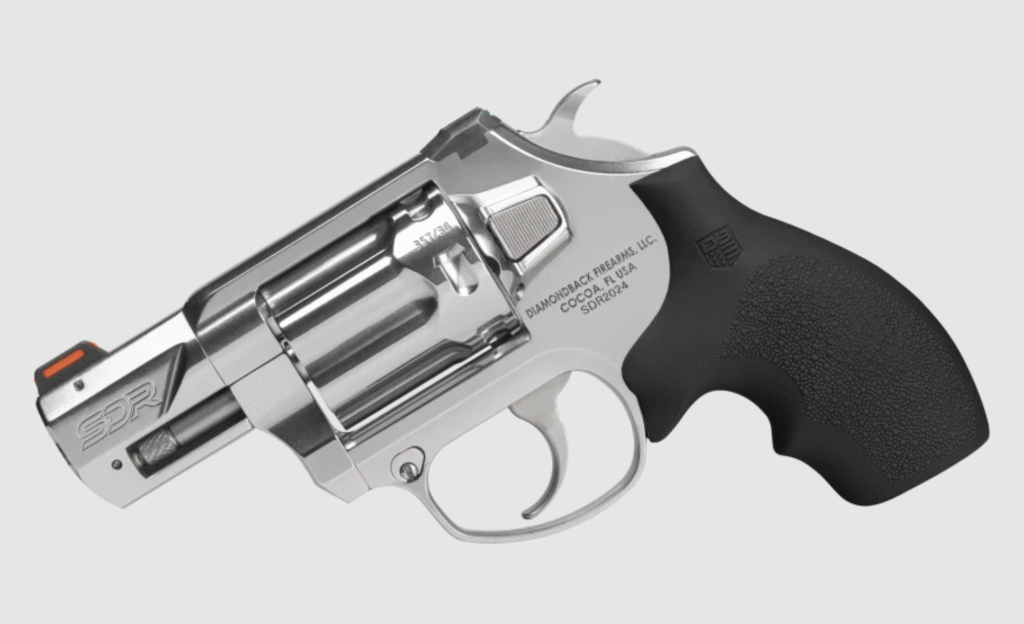While I usually have pleasant experiences with TSA when checking in my guns, the last time I flew I was faced with a situation where I wished I had been more prepared. I was told I had to unlock the case and wait outside of their secure room where they checked my guns to make sure they were unloaded and did the standard swab for explosive and drug residue. I argued that is against policy and the discussion escalated to the point where I was not going to be allowed to fly with my guns. I gave in and I wasn’t happy. Next time I fly, I will have this list ready in case of another unfortunate experience.
Here are the Top 10 tips for flying with firearms:
1. Know the Laws of Your Destination
Before you even start packing up your guns to travel, make sure the firearms you plan to take are legal at your destination. This means that you need to check things like which firearms or legal magazine capacity to ensure it is a compliant in the state you are visiting. Also know the concealed carry or open carry laws, what permits are recognized or required, how to legally store/transport firearms in vehicles if you don’t have a permit, and the big ones: Use of Force and Deadly force laws. They are very different from state to state. Handgunlaw.us is an excellent resource as a place to start.
Advertisement — Continue Reading Below
2. Plan Your Connections
Try to fly nonstop so you don’t have the hustle and bustle of making connections and worry about lost luggage. Sometimes it is not an option and a connecting flight is part of the trip itinerary. When planning the trip look for airports that are in states that recognizes your LTC or CCW permit. Do not pass through states like Illinois or New York. If something were to happen that the flight was rescheduled and you had to take possession of your luggage because the airline was putting you up in a hotel room for the night, you could find yourself in violation of the law. Good luck getting back through TSA the next day.
3. Pack Your Gun at Home
Just like you pack your suitcase and do a pre-trip checklist, do the same for packing your firearm and gear. Your firearm must be completely unloaded. Nothing in the chamber (or cylinder) and empty magazines. It is very important that you do this at home, utilizing the privacy of your home and safe directions that you can control. Getting to the airport, parking, and getting inside with all your luggage is tough enough; trying to secure your gun in that mix is unnecessary stress.
4. Secure Your Guns in a Lockable Hard Case
Per the TSA regulations your unloaded firearm can be in a case with integrated combinations locks or a case with at least two holes for heavy duty locks (pad locks with keys or combinations). Pistol cases can then be stored in your checked luggage. Some people get by with using the plastic case from the gun manufacturer, but in most cases it will not meet the requirements for durability. If someone can pry open or cut through the case, it is not secure enough! Use a heavy duty travel cases for pistol, rifle, and shotgun from Explorer Cases. They are durable for travel and the big ones have wheels for convenience.
Advertisement — Continue Reading Below
5. Weigh Your Gun Case and Ammunition
If you are trying to stay at the 50-lb limit, you might have to sacrifice other items in your luggage or check a second bag. Most airlines will allow up to 11 lbs of ammunition packed in your suitcase, and they prefer it in the original packaging. If you reload your ammo or have it in bulk, make sure that you store it in a safe container or plastic ammo box, not a flimsy bag.
6. Use Appropriate Locks
Do NOT use TSA locks on your gun case. It is actually illegal for you to use a TSA lock on a gun case because unauthorized persons could gain access to it once it has been inspected. Per the law, you alone must maintain possession of the keys or combination to open your gun case. TSA agents are not supposed to have access to your case, once cleared, without you being present to unlock the case. Once your gun has been inspected, locked up in the case, and placed inside your luggage, it is a good idea to put the TSA locks on your luggage zipper pulls. Pro tip: REMEMBER TO BRING YOUR LOCKS! Put them on your gun case and your luggage before you leave home.
7. Double Check TSA and Airline Policies
Depending on who you talk to, different TSA agents and airline employees have varied understandings of the TSA firearms policies. Have a printed copy or a screenshot on your phone so that you can verify and prove, if necessary, that you are following the rules. While airline policies are usually consistent across companies, there could be variations with each airline so to be sure print out the policy page and bring it with you also. Ticketing agents know a lot of information, but not every agent is familiar with firearm policies, especially if they don’t deal with them often.
Advertisement — Continue Reading Below
8. Go to the Full-Service Counter for Check In
Transport your gun case into the airport in the closed and locked condition inside of your suitcase to the ticketing agent. If you normally do curbside check-in, you will need to give yourself extra time to go inside. Don’t mess with getting your luggage tags at the kiosks; get in line for the full-service counter. After you give the agent your ID, tell the agent you need to declare a firearm(s). It is important to say the words “declare a firearm” and not “I have a gun.” You will have a very different experience, and an unpleasant one, if you say the wrong words. The agent will have you sign a declaration document. It is standard procedure that you are directed to the oversized luggage check-in area. You will go with the TSA agent to a secure room to perform the security checks and place your declaration document inside your luggage.
9. Stay With Your Bag Through Screening
After inspection by TSA, they will put your luggage in line to go through the security scanners. Don’t rush off. Stay with your bag and make sure it gets through the scanner and that TSA doesn’t need you for any other reasons during the scanning process. If they have a question or issue (because one TSA agent didn’t talk to the other TSA agent), they will call you back from the gate, which is a major pain and inconvenience.
Unexpected inspection? It is against policy, but an unexpected inspection can happen. TSA might clear your gun case upon your departure and sometime during the trip another TSA agent may cut your locks in route to your destination. They’re not supposed to without a good reason, but it happens. There is no recourse you can take for the damage to your locks, but if your gun(s) is missing, a crime has been committed and you need to notify the airline and the airports of your departure and arrival destinations. Call the police and then notify the FBI immediately to report an interstate theft of firearms. That gets attention fast!
Advertisement — Continue Reading Below
10. Document Everything
Print airline and airport policies, print TSA policy on traveling firearms, and take pictures of your gun, case and then your luggage before it leaves your possession. If your luggage looks wrong when you pick up at the baggage claim, take pictures again before you open it.
The airport security process is a hassle whether you have your firearm or not. TSA agents are there to identify any breaches from intentional weapons to inadvertent mistakes of a forgotten pocket knife or shell casing. They’re just doing their job and you can make the process easier by educating yourself and following these ten tips. A good attitude and a smile goes a long way at the airport.
Additional Information:
TSA: Transporting Firearms and Ammunition
TSA: Gun Parts and Firearms
Advertisement — Continue Reading Below
According to the Code of Federal Regulations:
Title 49: Transportation, Part 1540 – Civil Aviation Security: General Rules, Subpart B – Responsibilities of Passengers and Other Individuals and Persons, 1540.111 (c) (iv) – The container in which it is carried is locked, and only the passenger retains the key or combination.
Title 49: Transportation, Part 1544 – Aircraft Operator Security: Air Carriers and Commercial Operators, Subpart C – Operations, 1544.203 (f) (iii) The container in which it is carried is locked, and only the individual checking the baggage retains the key or combination;
SOURCE ARTICLE: https://www.agirlandagun.org/top-10-tips-traveling-firearms/















